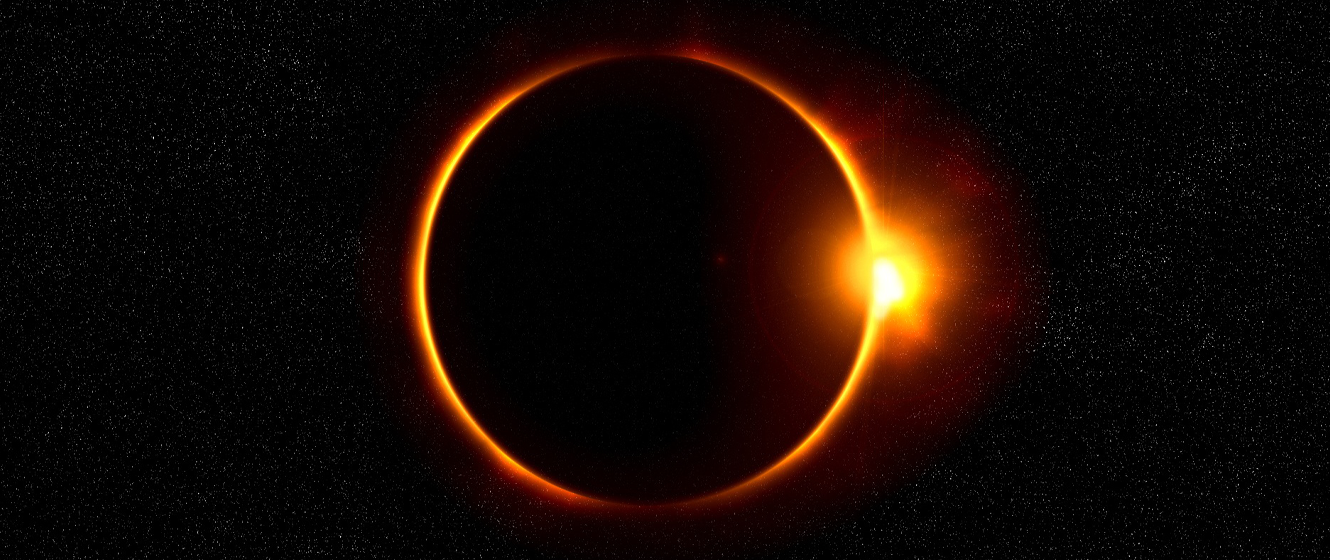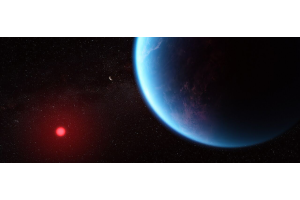
In the year 585 BCE, the armies of the Medes and the Lydians met one another for a battle in what is modern day Turkey. However, before the battle broke out, “... day was on a sudden changed into night.” This was interpreted as an omen by both parties, thus signaling a truce that ended the battle before it even began. It is thought by some that this was a solar eclipse, one that was predicted by Thales of Miletus: a Greek mathematician and astronomer. While there is reason to believe this story is apocryphal, it illustrates the power and fear that a solar eclipse had on unsuspecting people. After all, who could blame them? During a solar eclipse, the Sun’s warmth and light quickly vanishes, temperatures drop, and there appears to be a black hole encircled by white light in the sky where the Sun used to be.
But what is a solar eclipse? A solar eclipse occurs when the Moon passes between the Earth and the Sun, covering up our view of the Sun in the process. We live at a fortunate time in the Earth’s history; the Moon is roughly 400 times smaller than the Sun but is also 400 times closer. As a result, the Moon appears the same size as the Sun in the sky. On average, a total solar eclipse will take place about once every 18 months. There are four different types of eclipses: a partial eclipse, an annular eclipse, a hybrid eclipse, and a total eclipse. A partial eclipse occurs when the Moon only covers a fraction of the Sun’s disc. This can happen because the Sun, Moon, and Earth aren’t in precise alignment at that time, or simply because a total solar eclipse isn’t visible from your location. An annular eclipse occurs when the Moon is a little further away and appears smaller than the Sun in the sky. In that situation, it won’t completely cover the Sun’s disc and observers see a ring of light instead. It’s not unusual for annular eclipses to occur once a year, but occasionally the gap will be longer or shorter, with six or eighteen months between eclipses.

A hybrid eclipse is a combination of a total and annular eclipse. Some observers would see a total solar eclipse, while others would see an annular eclipse. It depends upon which part of the Moon’s shadow the observer is in. A hybrid eclipse is the rarest of them all: the next will be visible in April 2023. And lastly, a total eclipse is when the Sun is completely eclipsed by the Moon. The next total solar eclipse that will be visible over the United States will be in April 2024.

Learn More
Interested in learning more about the different types of eclipses? Not sure where to begin? Check out our Astronomy Hub!











